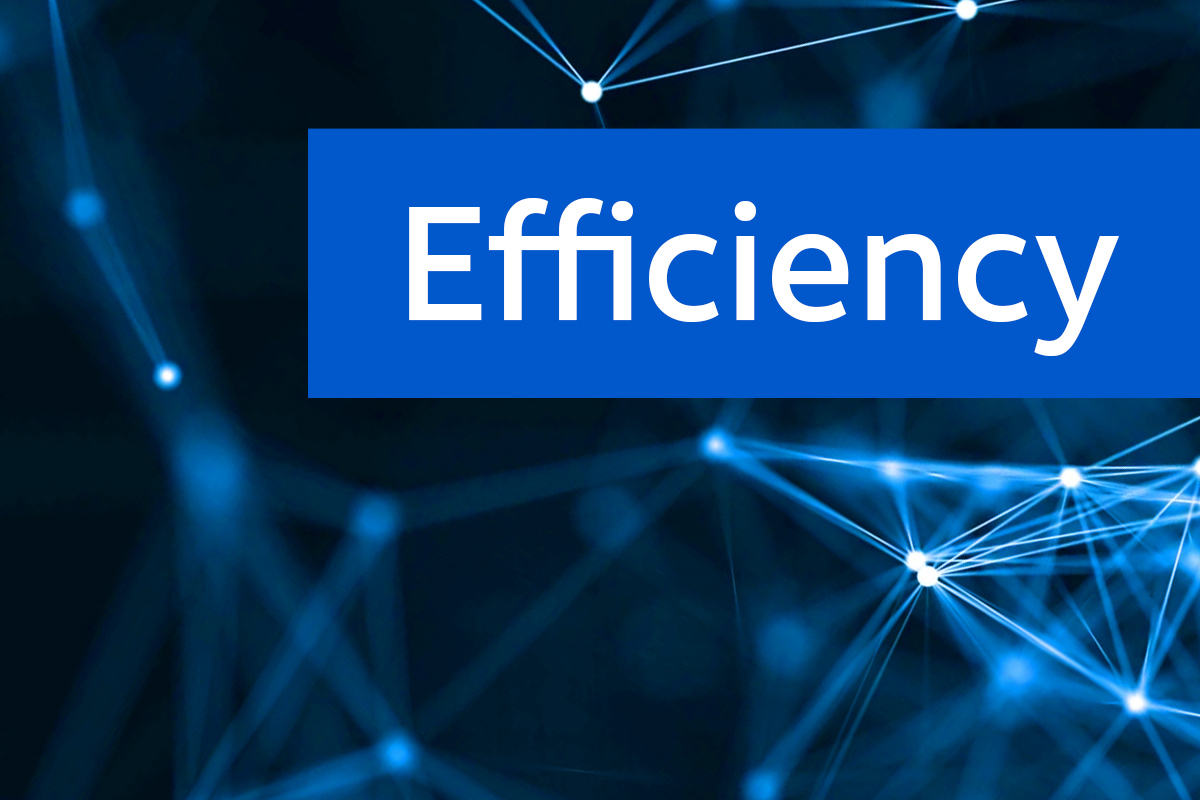
Today, cybercriminals are well organized and often take advantage of trends to deliver weaponized bundles used to launch an attack against victims. These bundles are typically delivered via phishing emails or malware web sites that include misinformation targeting fears and uncertainty. This technique often correlates with social trends or events, such as the pandemic.
As COVID-19 has continued, threat intelligence researchers have seen an evolution in ransomware attacks targeting those most impacted, such as hospitals and healthcare providers. Ransomware gangs, typically associated with well-established and known criminal organizations, are also evolving their tactics for extortion. This includes publicly shaming victim organizations and threatening to publish files to the Internet or auction off PII (personally identifiable information) to the highest bidder.
Organized cybercrime
Organized cybercrime is nothing new, however. For years, researchers have been following the commercialization of malware, with many criminal groups developing affiliate programs that pay cybercriminals to help spread and evolve a particular strain of malware. One such example is the wildly successful GandCrab ransomware, which allegedly reaped more than U.S. $2 billion in earnings for the group behind the malware in a 15-month period beginning January 2018.
PLAY SOUND
Ransomware-as-a-service is just one example of how malware has been commercialized, enabling cybercriminals to quickly and easily deliver modularized attacks that are easily purchased and pieced together to launch and relaunch an attack with the click of a button. As threat actors continuously evolve and adapt their tactics, techniques, and procedures (TTPs), security researchers are challenged with staying abreast of their behaviors in order to provide timely, accurate threat intelligence that supports effective threat detection and response.
Machine learning can provide solutions for data problems
One of the biggest challenges threat researchers face is the sheer volume of information they must sift through, including collecting, normalizing, validating, and analyzing threat data — all of which are very time-consuming tasks. For example, AT&T Alien Labs™, the threat intelligence unit of AT&T Cybersecurity, ingests as many as 20 million threat artifacts per day. This includes global observations on the evolving TTPs of threat actors, including the common tools, IT infrastructure, and other means they use in attacks. In order to turn this information into curated threat intelligence, threat researches must go through multiple steps of validation and analysis — and they must do this quickly to keep pace with cybercriminals.
Even as researchers struggle to sift through mountains of data, a distributed workforce adds yet another challenge by increasing the size and complexity of the attack surface that an organization’s security team is tasked with protecting 24/7/365. Without the context of continuously updated and actionable threat intelligence, Security Operations Center analysts end up drowning in alerts. In fact, 63% of companies at the lower end of cybersecurity maturity and 52% of companies in the middle noted in a recent survey that they ignore more than 25% of security events — that’s one-quarter of events that could be hiding a potential adversary somewhere in the network.
To address the big data problem, threat researchers are increasingly turning to machine learning as a way to facilitate threat analysis and essentially help them find the proverbial needle in the haystack. This is especially so considering that 76% of security professionals believe they face a cybersecurity skills shortage — meaning, they are already stretched thin in their roles. For example, machine learning can assist researchers by enriching information around indicators of compromise (IoCs) — the traces of evidence that help security professionals to detect an attack. This includes helping to identify and predict infrastructure associated with IoCs, such as command and control (C&C) servers, IP addresses used to launch attacks, or newly registered domains that will eventually be used for malicious purposes.
Machine learning models used to identify, predict, and detect malware
A report published by the Telco Security Alliance (TSA) in July 2020 observed that members of the Alien Labs Open Threat Exchange™ (OTX™) contributed more than 1 million COVID-related IoCs between January and June of 2020. The FBI has also reported similar figures revealing that cybercrime has increased 400% since COVID-19 started.
To create more efficiency in identifying and detecting malware during these peak periods of activity, machine learning models can be used to identify and predict the behaviors of malware families as they propagate and morph. For example, models can group malware files into clusters, which helps to speed the identification and classification of current and evolving families. To do this, data scientists utilize a specific dataset of known malware files, and then use it to train algorithms to find patterns and make predictions about new data coming in. These techniques can also provide a better understanding of the constantly evolving TTPs of adversaries.
More than ever, being able to discover, identify, and predict these macro behaviors is essential to providing resiliency in threat detection and response, especially as networks rapidly morph to keep up with the fast-changing work environment and threat landscape. Organized cybercrime and state-sponsored groups are showing no signs of slowing — in fact, it has become easier and faster than ever for cybercriminals to launch new campaigns.
All of this leads to one end: more threats, more variations on threats, and more information and data to sift through. We’ve found this especially true during times of crisis. However, armed with data analytics, automation, and machine learning, threat researchers have the tools needed to stay abreast of adversary TTPs, and to produce one of the most valuable controls in security – validated, actionable, and continuously updated threat intelligence.
Learn about AT&T Alien Labs and how we can help to quickly address security threats targeting your business.
Source: https://www.csoonline.com/article/3606190/resiliency-in-threat-detection-and-response-with-machine-learning.html